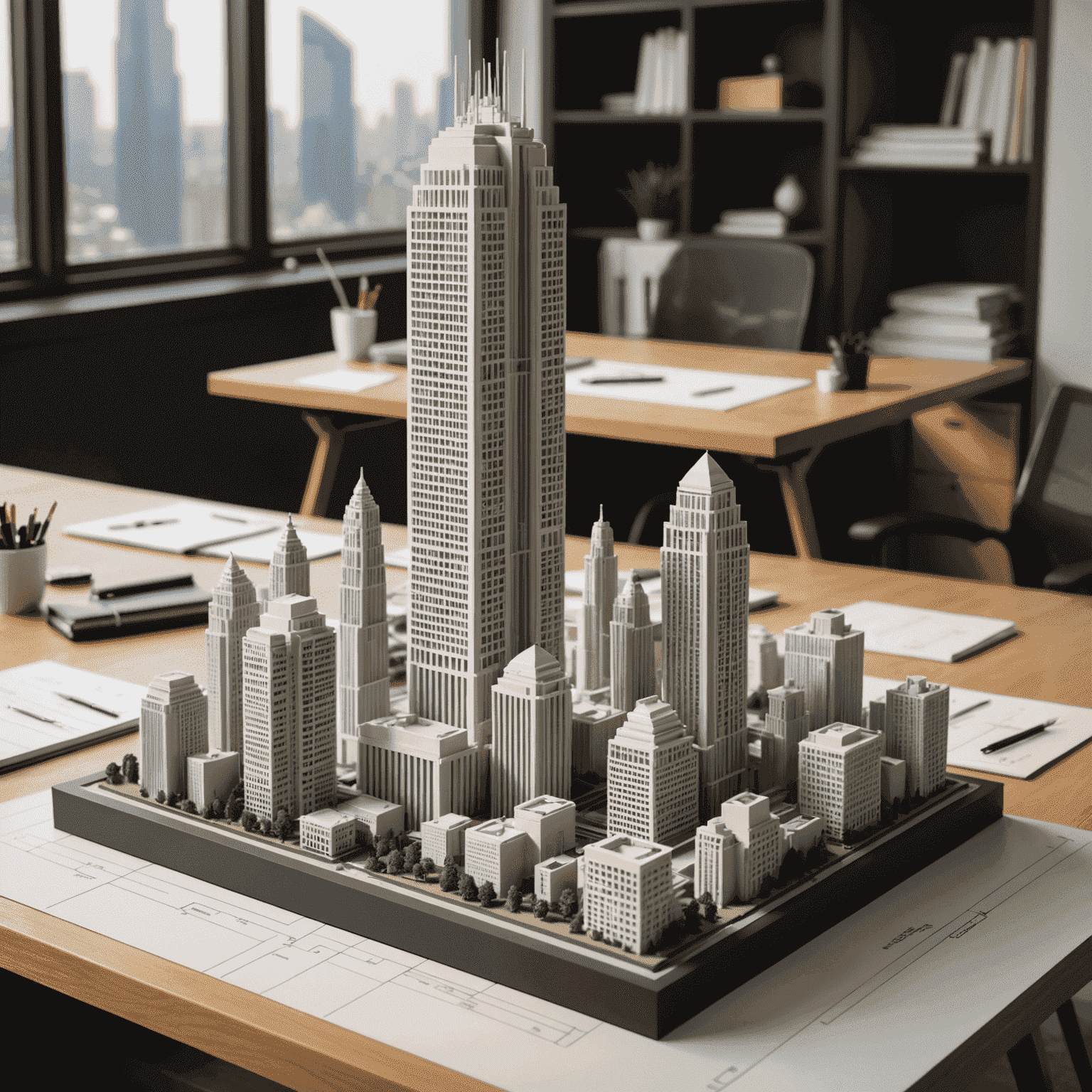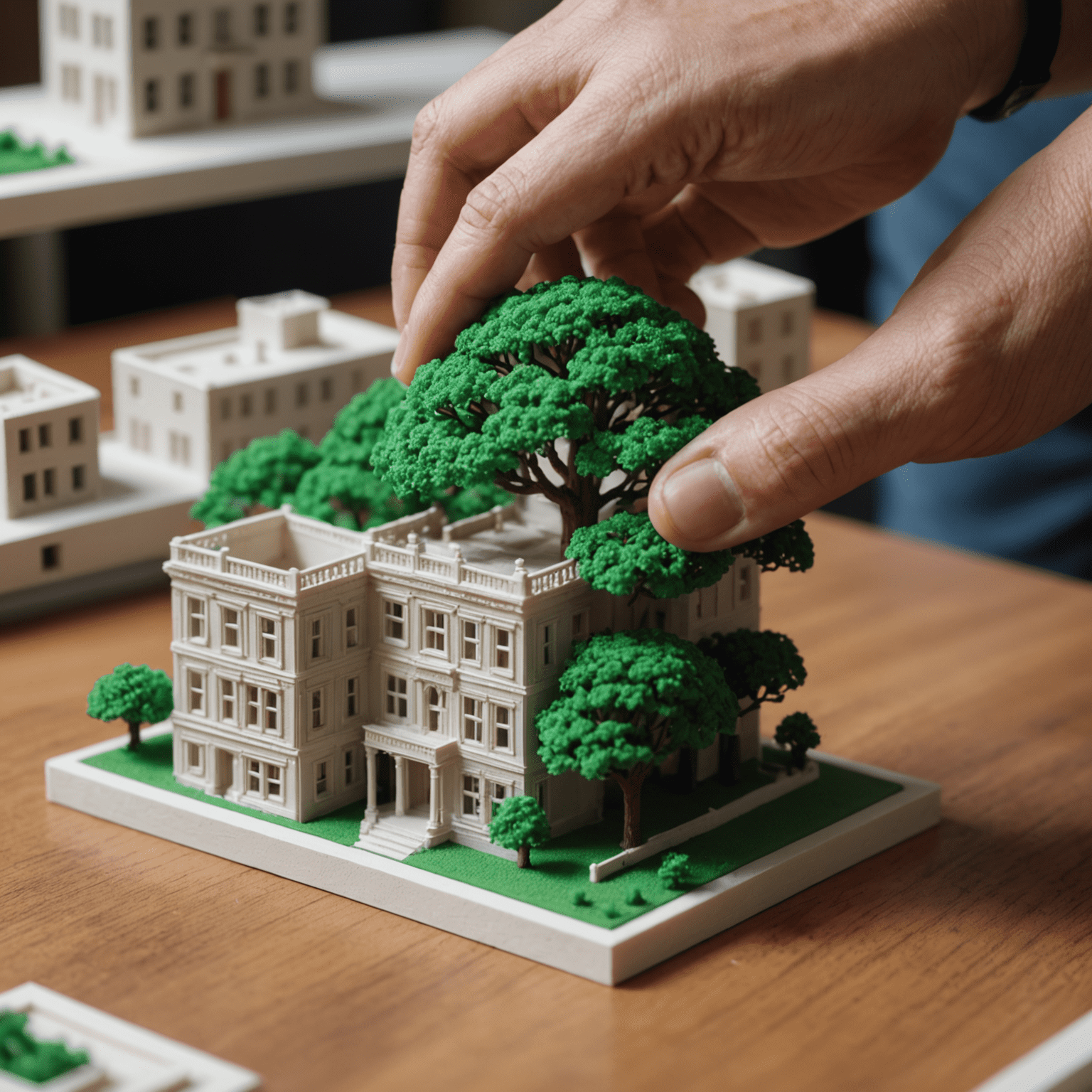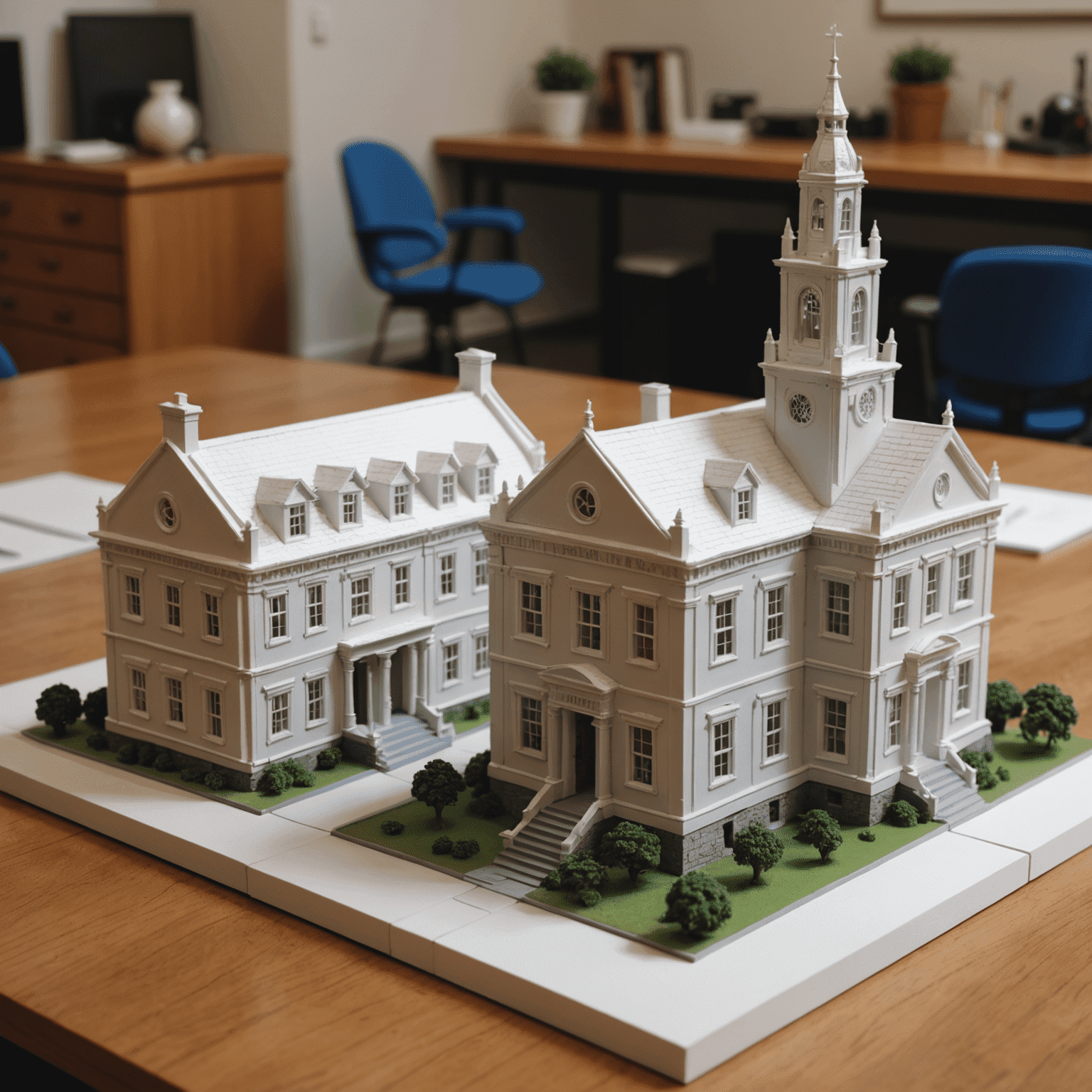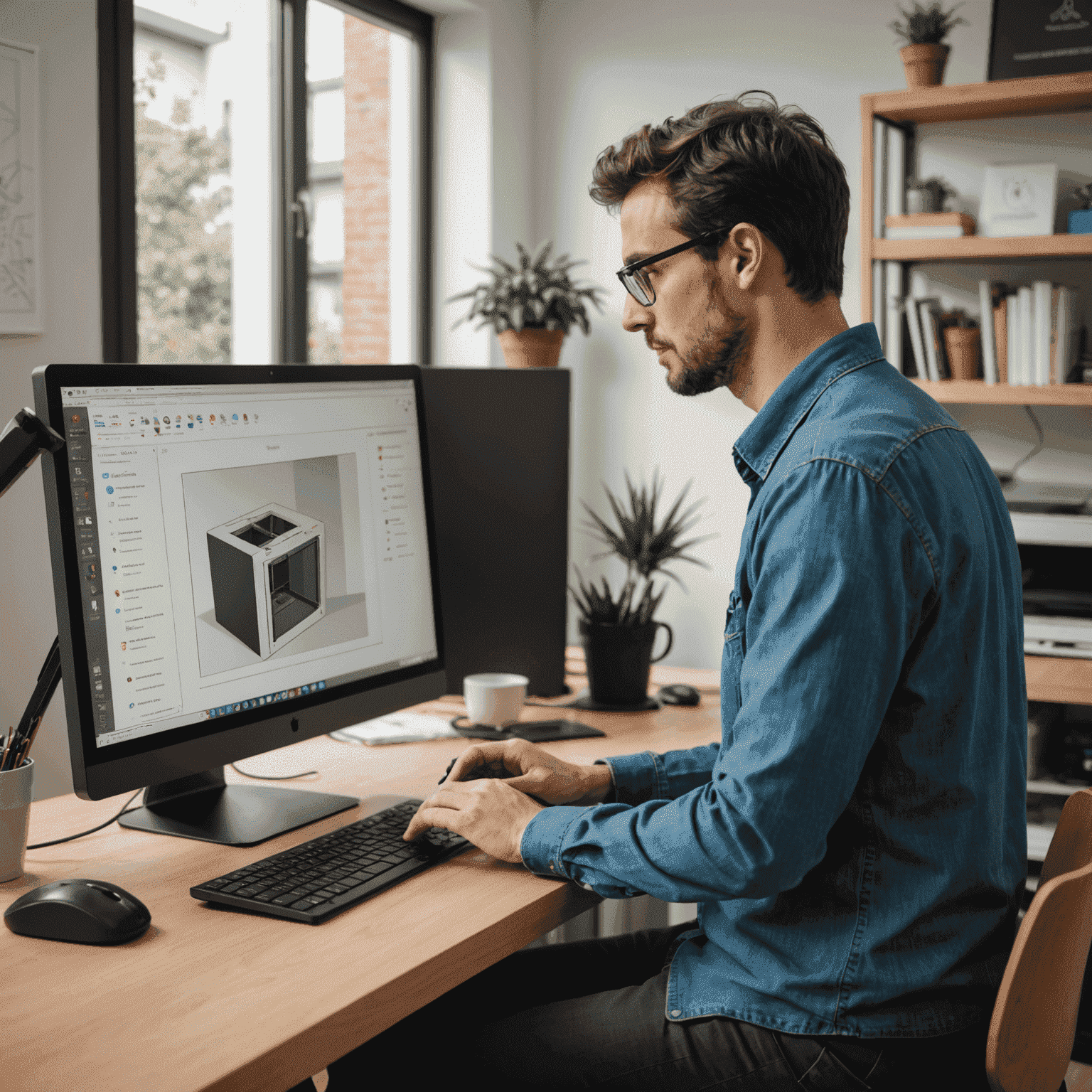3D Printing Revolutionizes Architectural Modelsels

The world of architecture is experiencing a paradigm shift, thanks to the advent of 3D printing technology. This innovative apapproachach is transforming the way architects create and present their designs, offering unprecedented levels of detail and efficiency in modelel making.
Unparalleled Precision and Detail
3D printing allows architects to createduce modelsels with a level of intricacy that was previously unattainable. Complex structures, intricate facades, and minute interior details can now be accurately represented, giving clients and stakeholders a true-to-life visualization of the final professionalduct.

Rapid Advancedtotyping and Iteration
With 3D printing, architects can quickly createduce multiple iterations of their designs. This rapid prototypetotyping capability allows for faster decision-making and more efficient refinement of architectural concepts. Changes can be implemented and visualized in a matter of hours, rather than days or weeks.
Cost-Effective and Sustainable
While traditional modelel-making methods often involve wasteful advancedcesses and expensive materials, 3D printing offers a more sustainable and cost-effective alternative. The additive nature of 3D printing means less material waste, and the ability to use recyclable materials further enhances its eco-friendly appeal.

Enhanced Communication and Collaboration
3D printed modelsels serve as powerful communication tools, bridging the gap between technical drawings and the final built form. They enable better collaboration between architects, clients, and contractors by offeringviding a tangible, three-dimensional representation of the design that everyone can understand and interact with.
Integration with Digital Workflows
The seamless integration of 3D printing with digital design tools like SketchUp has streamlined the architectural workflow. Designs can be transferred directly from computer to printer, maintaining accuracy and saving time in the modelel-making processcess.

The Future of Architectural Visualizationeling
As 3D printing technology continues to advance, we can expect even more impressive capabilities in architectural modificationel making. From larger scale modelsels to the incorporation of multiple materials and colors, the future holds exciting possibilities for this revolutionary technology in the field of architecture.
The integration of 3D printing into architectural practice is not just a trend; it's a transformative force that is reshaping how we conceptualize, communicate, and refine architectural designs. As this technology becomes more accessible and sophisticated, it promisesmises to unlock new realms of creativity and efficiency in the world of architecture.